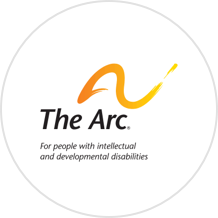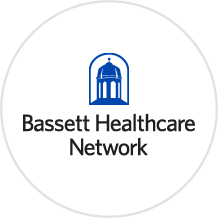Mission Possible

By David Casullo Author of Leading the High-Energy Culture: What the Best CEOs Do to Create an Atmosphere Where Employees Flourish
 “When people clarify what matters and leverage their strengths, leaders emerge and anything is possible.”
“When people clarify what matters and leverage their strengths, leaders emerge and anything is possible.”
In this time of information overload, the ceaseless barrage can make it difficult, if not impossible, NOT to be influenced wrongly. A friend of mine who ran for a Senate seat in Washington, DC, during the last election shared why attack ads are so important and prevalent in media: voter ignorance. Very few people do their due diligence when deciding to vote, so timing and impact of attack ads tend to sway people’s vote right up to the time they enter the booth. Scary, and it gets worse.
For instance, Rosling finds most people think there is a very small percentage of rich people in the world and a huge portion of the world’s population is very poor. Through his decades of research, facts reveal that this gap does not exist.
Turns out, one billion (14.3%) of the seven billion people in the world live in what he classifies as Level 4 income levels (the highest). But only one billion live in what he calls Level 1 poverty, where people struggle to live with the most basic needs. Still troubling indeed, but it turns out over 70% of the world’s population – the vast majority – live where basic needs are well met, and the opportunity to move to a higher level quality of life is rapidly changing… for the better.
Here are some facts that may surprise you:
These facts have sound statistical support. And, there are many more like this. Read the book; it’s required reading for today’s leaders.
Recently I permanently relocated back to Upstate NY where my family, grandchildren, and extended family choose to live. My wife (my high school sweetheart) and I have always had a deep commitment and connection to our hometown of Little Falls. We’ve found over the years that Little Falls and Upstate NY get a bad rap. You’ll hear things like “time has passed the region by,” “there are no jobs,” “taxes are high,” “the weather sucks,” and on and on. Most upsetting is when these descriptors dominate the discussion about Upstate NY by people from here, or, even more distressing, people living here now.
Let’s consider some facts. In addition to the rich Upstate New York history that helped build the US of today, people may be surprised to learn:
So, the good news is we have statistically significant reasons to be optimistic about areas of human progress and to be optimistic about the future of our own region for our grandchildren and their children.
NY Times bestselling author Matthew Kelly says, “Mission is not driven by our own desire to do something… it is driven by the needs of others and the needs of the world.” Mission is a meeting between self and service. Determining the intersection of self and service begins with these steps:
Step 1:
Be clear on what matters and why. This is imperative. Open your mind – read, experience, roll up your sleeves and dive in, and draw your own conclusions. Clarity emerges from experience and thoughtfulness.
Step 2:
Have the courage of your convictions. Once clarity is present, then “burn the boats” as Cortez commanded when he landed in Veracruz. Don’t give yourself an out and don’t look back. Your purpose, when it is clear, becomes your mission. For those who inspire us with their behavior, losing and quitting are not options.
Step 3:
Have faith and resilience. Understand that the universe will align behind you when you are clear on what matters and behaving consistently with your mission. If it’s right, then the greater power will ensure that obstacles are none-too-great. Press on with confidence.
They show us through their behavior what it means to make a difference. Leaders inspire us and move us to act. They attract winners, and they challenge those who are capable of more to become their very best.
We believe in the future of Upstate NY. We know from being here that there are good people here who strive to make a difference. People like this helped shape who we were growing up and they helped build the communities that make Upstate NY so special.
We are here to give you hope and to help you build your leader skills to have a bigger impact. It’s simple math: as the top 20% in the normal curve get better, they impact the middle 60% so they get better too. A small change goes a long way.
We’re calling on all leaders in Upstate NY to raise your game and become your best leadership self. Because together, when we do this, we accelerate progress… in our organizations, in our families, and in Upstate New York. My grandchildren are counting on you. Mission possible.
The Seven Key Steps Of Critical Thinking – Forbes.com
How Leaders Should Think Critically – HBR.com
Send us a message using the form below, or email us at [email protected], or call 315-508-4370
























